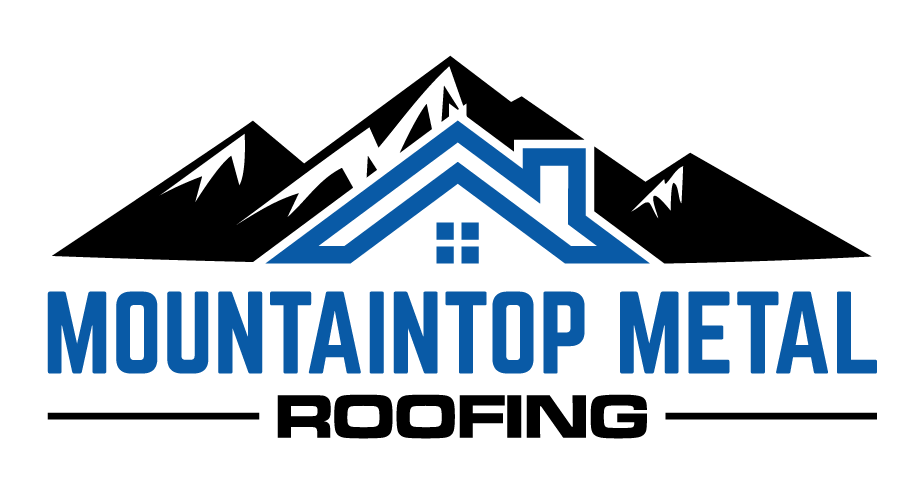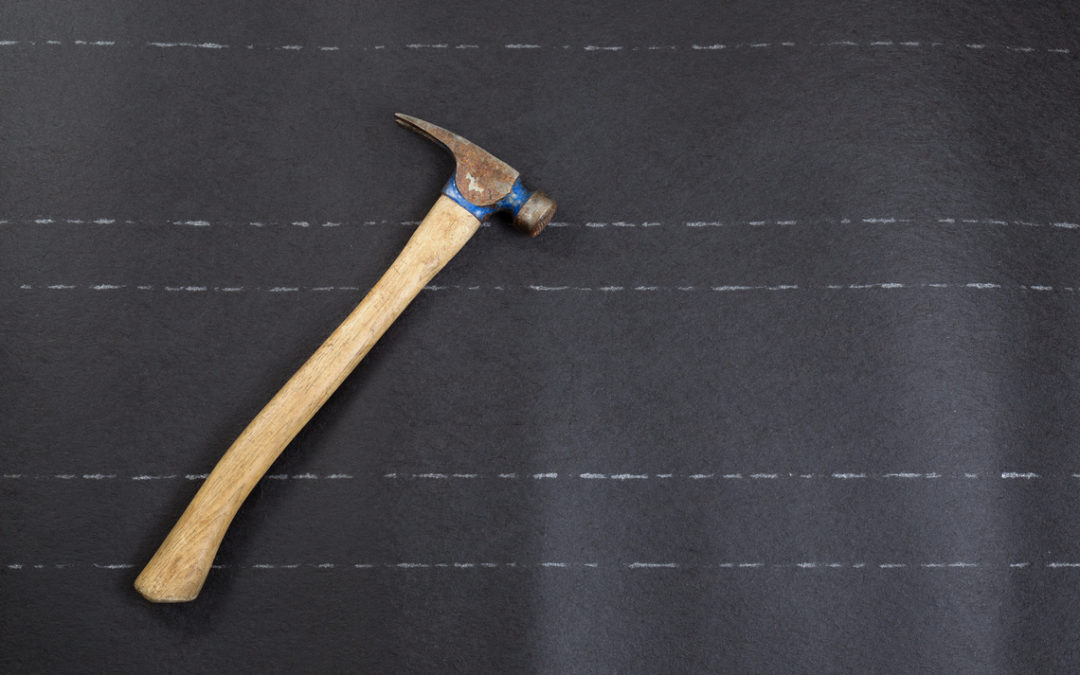If you are considering a metal roof installation for your home, you are probably researching the products and what the installation involves. Metal roofing is a great investment and will stand the test of time, usually upwards of 50 years to 70 years.
But as with any roof, it involves using the right combination of products, including quality roof underlayment. So what do you put under a metal roof? Let’s peel back the layers and take a look!
What does roof underlayment do?
Roof underlayment adds a protective barrier that acts as a defense system. It is crafted to stay and lay under the metal roof.
It also serves as an extra layer to help protect from water, heat, cold, and other weather elements. That means it helps you with energy efficiency.
Underlayment also helps as a sound barrier for your metal roof.
As the go-to metal roofing contractor in the Pacific Northwest, Mountaintop Metal Roofing can help you make heads or tails of roofing materials. If you’re considering asphalt shingles for your roof deck, consider metal roof shingles or panels, instead.
One of the most popular roofing projects in the United States is the installation of standing seam metal roofs. It withstands high temperatures — all temperatures, actually! — and, like all metal roofs, acts as the ultimate water shield.
What are the most popular types of roof underlayment for metal roofing systems? Let’s take a closer look at these roofing materials.
Felt underlayment
We install a lot of roofs with felt underlayment, including tar or asphalt felt. This is one of the most common types of underlay material, as it is usually the most affordable. It does a good job of protecting your home from water damage, but felt paper underlayment doesn’t last as long as other materials on the market.
Synthetic underlayment
Over the years, synthetic underlayment for metal roofing has become more and more popular. It is made of woven polymers and will last longer than other types of paper-based underlayment. It is tear-resistant and impermeable. It costs a little more than felt underlayment, and because it is incredibly durable, it doesn’t ventilate quite as well.
Self-adhering membrane underlayment
This is a peel-and-stick product that consists of rolled fiberglass. It adds extra protection during storm events and other severe weather conditions that could cause damage to your roof. This underlayment is also highly resistant to fire and has a Class A fire rating.
If you still have questions about metal roofing and want to know if it is a good option for your home, our experienced roofing professionals at Mountaintop Metal Roofing can help.
A quality metal roof with the right underlayment will keep your home protected and looking great, so contact us today to get started — or just to ask a few questions.

